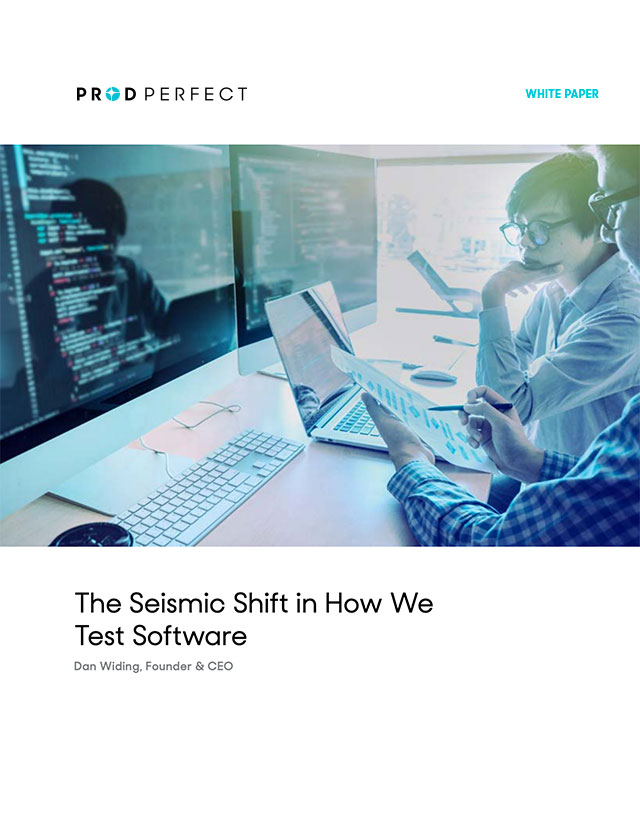Are You Using Rusty Old Tools to Test Shiny New Software?
As it’s been since ARPANET, functional web software today is mostly shipped by luck, duct tape, or sheer will. Every year we have groundbreaking technologies that change the entire game of what kinds of software we develop, but except for the very bleeding edge of talent and investment, software has been tested pretty much the same way over the last 20 years: a mix of human manual testing, and a shallow layer of test automation.
As late as 2018, even sophisticated businesses struggle with testing: 42% of software companies are still testing entirely manually; only 32% have become mostly automated, according to recent research sponsored by testing companies Sauce Lab and SmartBear. The majority of testing teams don’t even have a firm practice for test management. This is true despite the fact that 25% of software budgets are allocated towards testing for QA.
Enter Intelligent Testing
However, there’s a light at the end of this tunnel. The last 2 years have seen a new breed of tools appear that have the chance to change the game. Improvements in data science and data engineering have unlocked quite a deal of potential in helping reduce the cost and instability of browser tests. Machine Learning (ML)-Enabled Record-and-Play allows you to build test models from recording you using your software, and Autodetection/Autogeneration leverages ML to help to decide what to test.
The processes that we’re seeing today are just the beginning. Download the white paper to learn how we’re unleashing data to improve the way we test the web.

